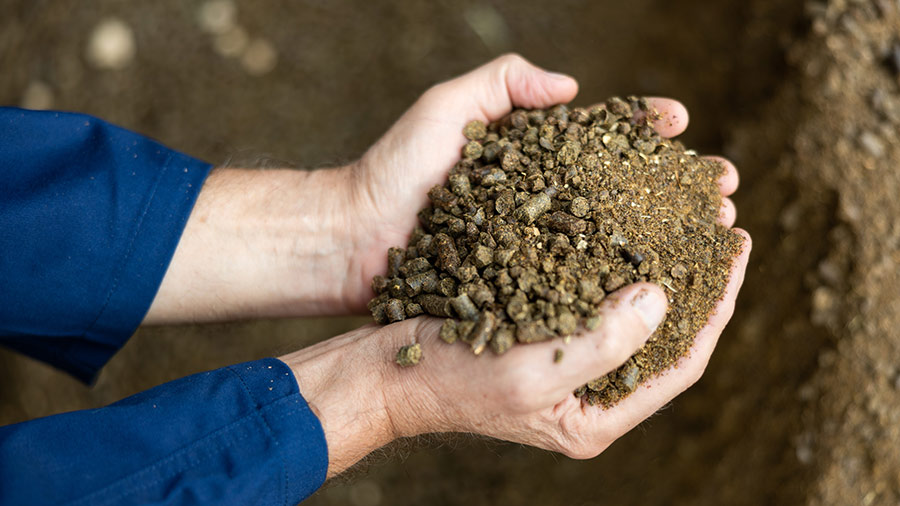Tips for avoiding contamination and wastage of dairy rations
 © JackF/Adobe Stock
© JackF/Adobe Stock With a cow’s sense of smell said to be 17 times more sensitive than that of a human, it is crucial the ration in front of her smells good enough to eat.
Good feed storage and handling make all the difference to presentation and hygiene. These, in turn, determine dry matter intakes, says The Dairy Group’s nutritionist, Christine Pedersen.
“Contaminated feed will be rejected by cows, which reduces intakes, when we are trying to encourage cows to eat more, lie down and produce milk. So we need to present their food in the best possible way we can,” she says.
See also: Tips on reducing feed waste on your dairy
Hygiene and wastage
Poor feed hygiene is costly in both feed and lost performance. Furthermore, shrinkage can occur at any stage – this is wastage that results in fewer nutrients available to the cow than were originally bought and paid for, says Christine.
Losses result from untidy stores, cross-contamination resulting in having to discard feed, or simply feed being dropped on its way to the trough.
“We often say there are four rations on a farm – the one drawn up by the nutritionist, the one put into the feeder, the one delivered in the trough and the ration the cow actually eats,” says Christine.
She finds the commonest problems are usually the easiest to prevent: mould in storage, or soil and slurry contamination from vehicles.
A good starting point, she suggests, is to make sure there are no feed residues left in storage between loads, as they are likely to go off and, in turn, contaminate new deliveries.
Cleaning storage
A clean broom and a shovel will suffice to clean out stores. Alternatively, Christine says an industrial vacuum cleaner, as used for grain bins, can be hired for big jobs. The aim is to reduce exposure to anything that might be a pathogen or toxic to cows.
Specialist companies can be contracted to clean out silos.
Whoever does the feeding should discard any mouldy feed and report back to minimise future issues.
Feedstuff that has changed in appearance or texture should also be flagged up, so it can be re-analysed if necessary to see whether it can still be fed to livestock.
“It’s important to be realistic about how quickly you can use a feed delivery. The economics of buying in bulk have to be balanced by shelf life, particularly low dry matter products.
“You can’t risk feed going out of date or going off,” she says.
“Also look at ventilation in feed bins. If it gets hot, you can damage the feed nutrients and, of course, anything getting wet is at risk of mould.
“Feeds are fed on a fresh weight basis, so any changes to a product’s dry matter will change the dry matter intake of that ingredient, which will be different to ration calculations.”
Prevent contamination
Good on-farm communication will hopefully explain that careless driving when farm vehicles run over the ration (or humans in dirty wellies walk on it) is not best practice.
Introducing soil and slurry immediately leads to waste, as cows will reject the silage or total mixed ration, she says.
For farms that are plagued by flocks of birds, Christine recommends preventative methods, such as disturbance from farm labour and machinery, random gas guns or audible bird repellents.
“Implement preventative measures completely and persistently before, and during, the migration period [October/November]. And use several different methods of mitigation simultaneously, or in rotation,” she adds.
